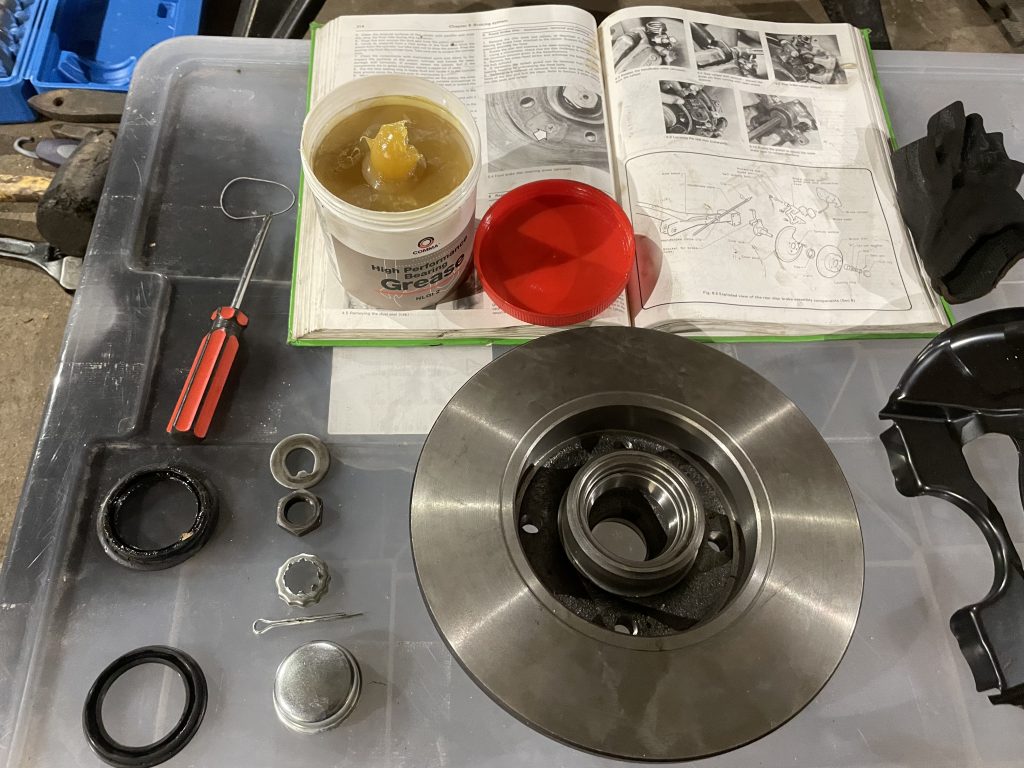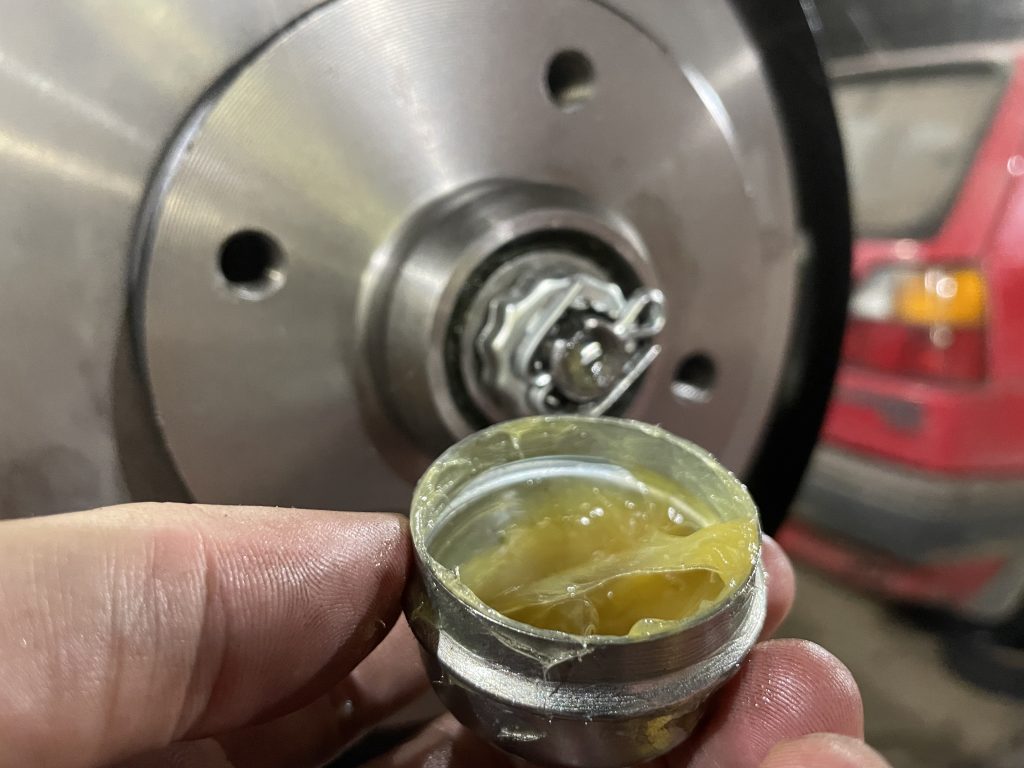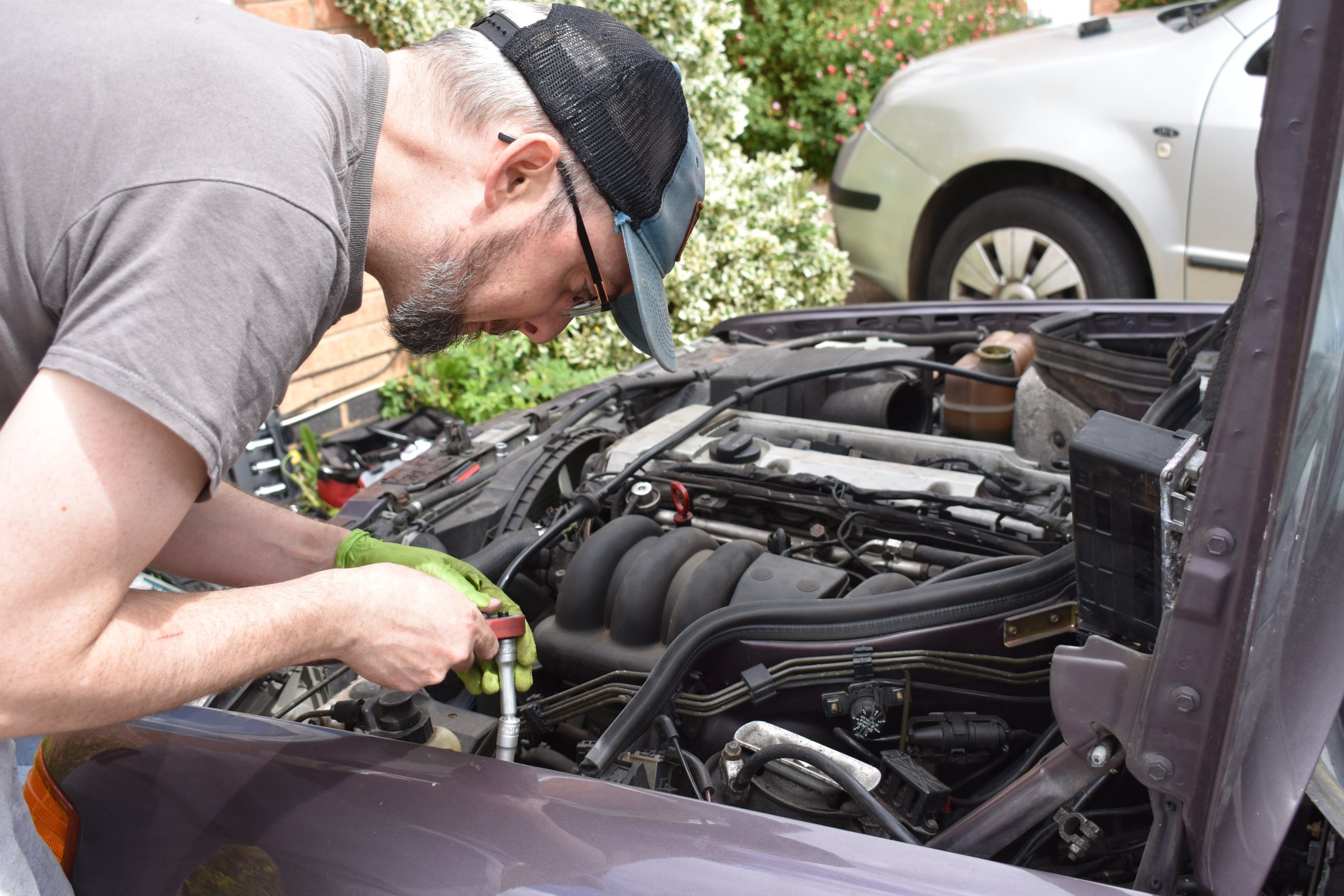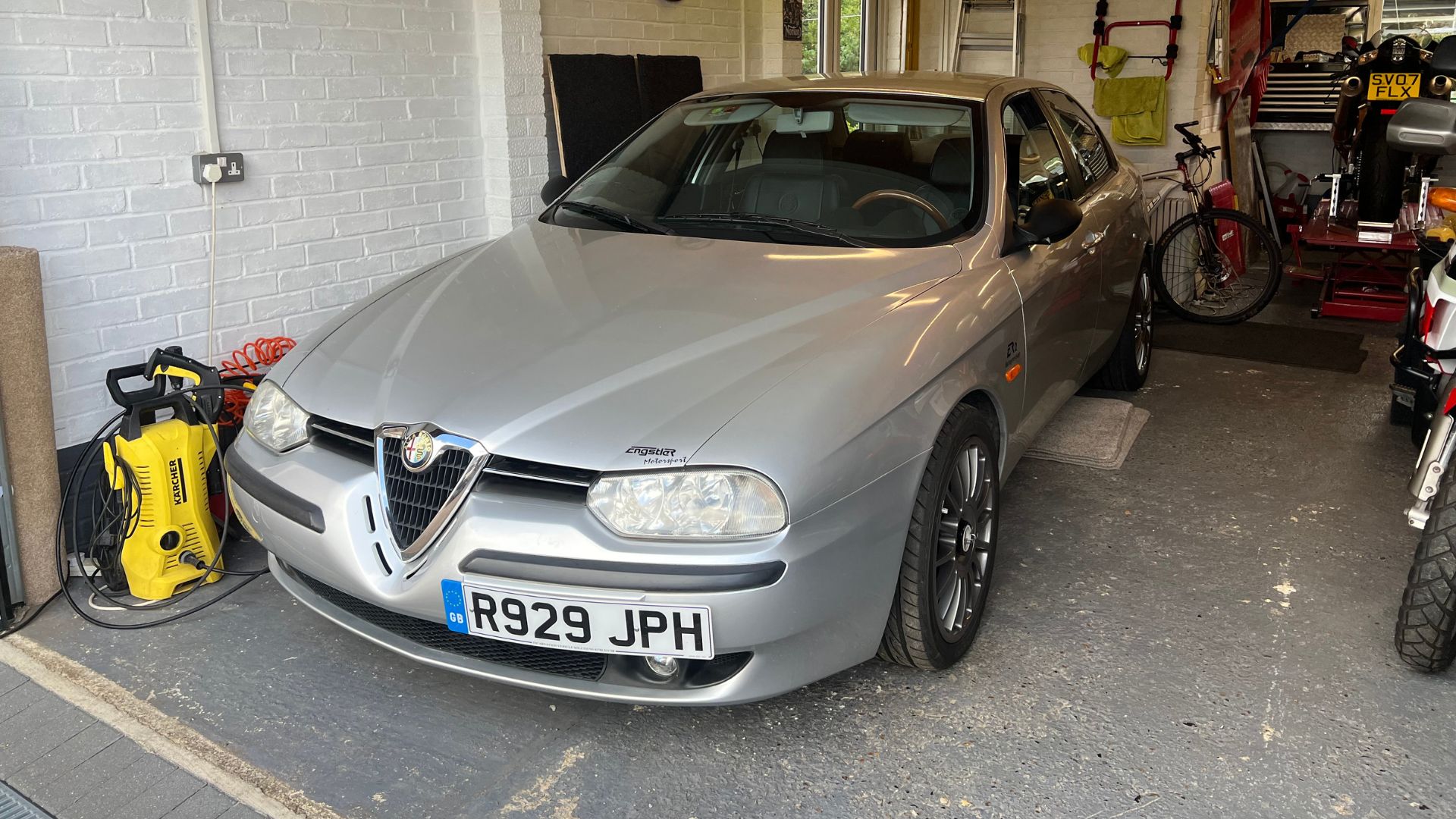Author: John-Joe Vollans
Images: John-Joe Vollans
When most of our classics were contemporary, owners were expected to be able to carry out basic car maintenance and servicing. Don’t believe me? Well, you need only browse an owner’s manual from the mid-1980s (or earlier) to see the genuinely useful amount of mechanical guidance and technical information contained. If you’re even remotely handy with the spanners, or merely just mechanically curious, you’ll likely already know the level of care and attention makers used to put into their manuals. Today, they seem only to tell you where to plug in your phone and, if anything goes wrong, how to contact your nearest dealership so a kid with a laptop can charge you by the hour for the car to tell him what’s wrong. How times have changed…
Before we get into this, we know not everyone has the aptitude, confidence, patience or even enthusiasm to pick up some tools and start whipping off cylinder heads or renewing suspension but, if you’re so inclined, you should start small and see how things go. If you’ve never worked on your own old car, you’ll be amazed how it can help you bond. Yes, I am hopelessly emotionally invested in my four-wheeled machines as a result, but that comes as much from driving them as it does from spending time under their bonnets.


We all love the driving and visceral delights of old-car ownership – some people even like to clean them – but when you’ve fixed something that was keeping your classic off the road, or was making it run sub-par, it’s hard to express the sense of achievement that comes from sorting that yourself. The endorphin rush, wow. Trust us, it works wonders for your mental health, not to mention your bank balance. If you’re not experienced or confident mechanically, but have always wanted to give it go, then start by tackling something small; be realistic. Perhaps it’s just that piece of trim that’s been looking a little ropey, or the audio upgrade you’ve always wanted, whatever it is – and this is essential – make sure you do your own research before you start.
There are a lot of great outlets offering practical information about fixing cars, from newsstand classic car magazines to good old Haynes manuals, or even YouTube. The important thing is to make sure you know what you’re getting into, before you start. Comfortable you know what’s what, and you’re up for the challenge, be aware of any common pitfalls or safety concerns and make sure you have all the tools you need. My experience, mainly of getting things wrong, has taught me a few valuable lessons. First, always buy the best tools you can afford – cheap ones are tempting but often make the job far harder than it needs to be. My minimum list of tools for most home tinkering tasks, or a portable toolkit for roadside repairs, consists of a decent set of screwdrivers (flat head and Philips or better still a bit set with driver), spanners open and ring (the latter preferably rachets) and a good socket set and wrench, with a few different length extensions. A rubber mallet, pliers (with wire strippers), a multimeter and a breaker bar also can’t hurt, but we’re getting ahead of ourselves…

If you’re getting underneath the car, which is often essential for servicing – removing the sump plug to drain oil, for example – then make sure you add a decent hydraulic jack and suitable axle stands to the above list (both rated for the car’s weight). Never get under any car supported just by a jack. I usually deploy a pair of axle stands, plus the jack, as well as slotting a spare wheel (or one from the car) flat underneath for a belt and braces approach. An old carpet or, better still, foam gym/garage flooring mats will also make crawling under a lot more comfortable. Which reminds me, don’t try to work under a car if it’s on grass or gravel, it’s dangerous. Level, hard standing or a concrete/tarmac drive are always best.

A lot of online sellers now offer servicing kits for popular classic models, at a reasonable cost, making this one of the best ways to start tinkering. Swapping air and oil filters is usually a doddle – fuel filters less so – but with any fluid, make sure you can remove the filler before opening the drain! Ask me how I know… If you’re feeling a little more ambitious, and feel confident in your abilities, you can begin to move onto working on things like brakes, steering and suspension, but these require more specialist tools, knowledge and safety procedures.
While on that latter topic, if you do plan to work on your classic, please bear in mind that this isn’t a ‘how to’ guide, it’s just a few shared experiences. Always ensure you do your own research and risk assessments before any job, no matter how small. Working on cars can be dangerous, there are chemical hazards, fumes, flammable liquids and even electric shock risks, all of which (and more) need to be considered and mitigated. If you do take the right precautions, and approach things in a safe and methodical fashion, fixing your own car can be hugely satisfying and enjoyable. You might even get to the stage, like me, where you get the workshop withdrawals, itching for those days when you can close the garage door, stick on your favourite mixtape and lose yourself in a world of nuts and bolts, grease and oil. Tinkering with old cars can be addictive… Don’t say we didn’t warn you!
Do you enjoy working on your classic car at home? We would love to hear from you in the comments below.









